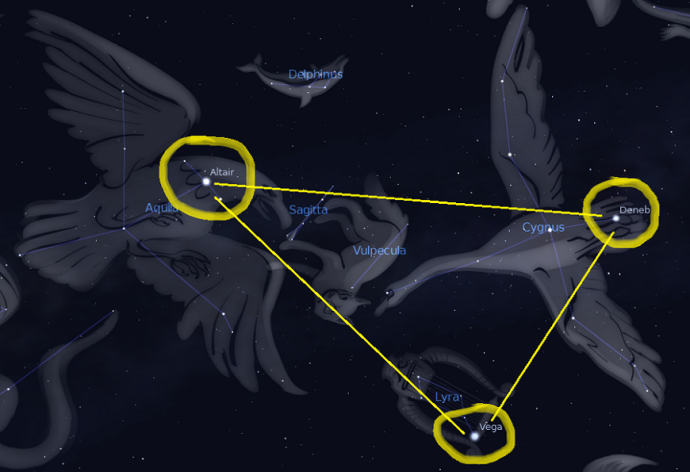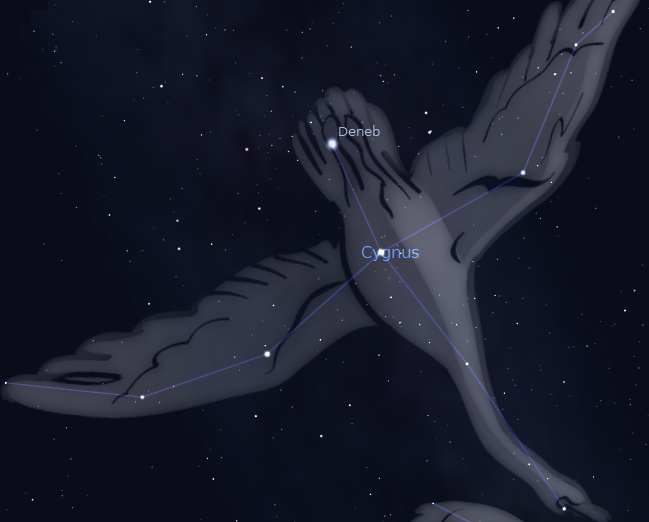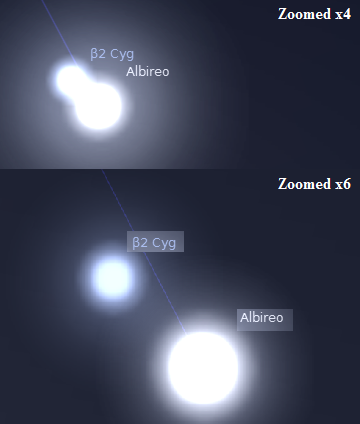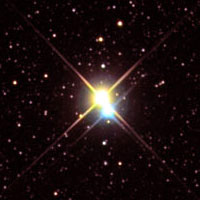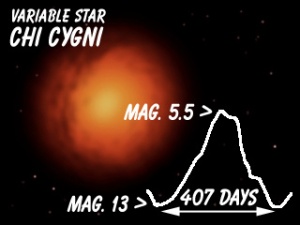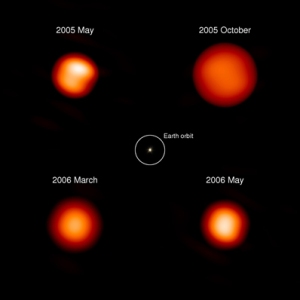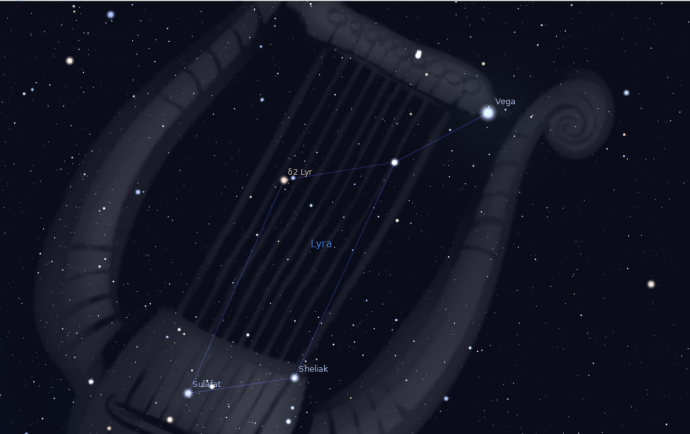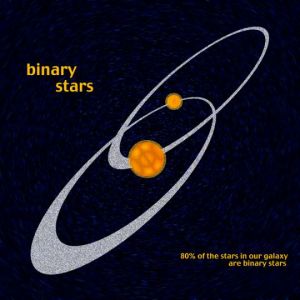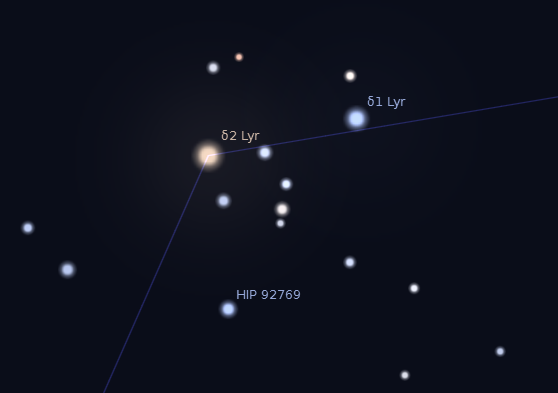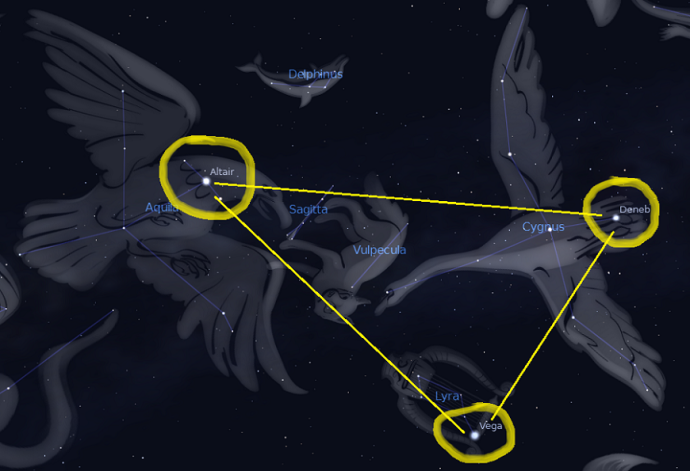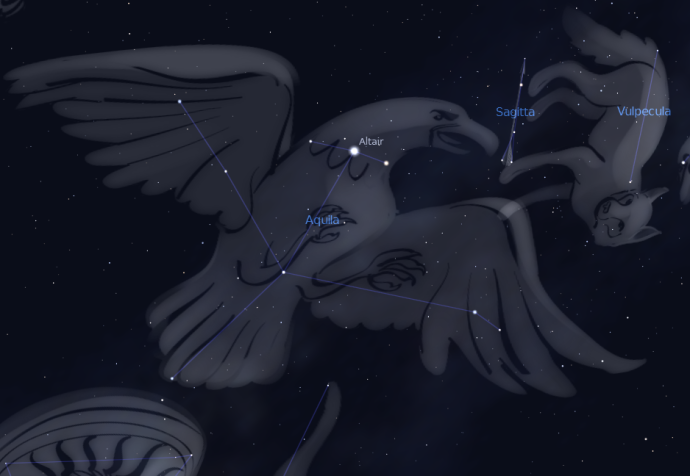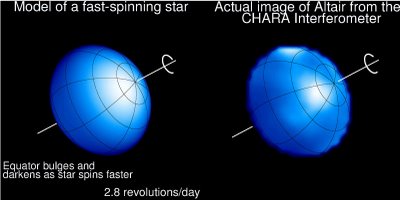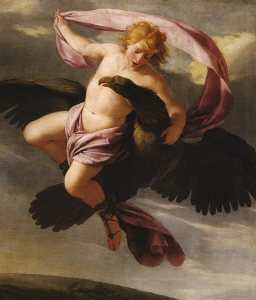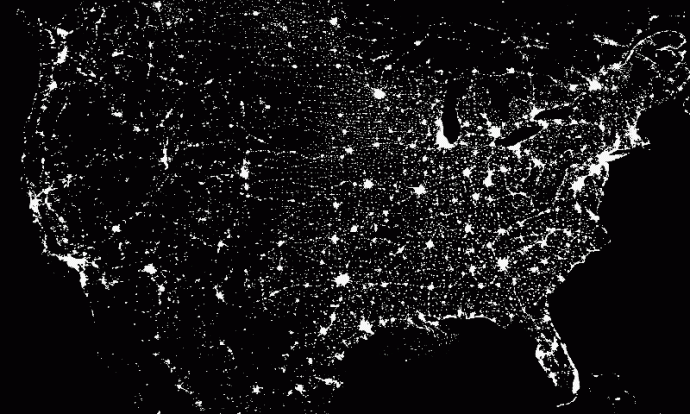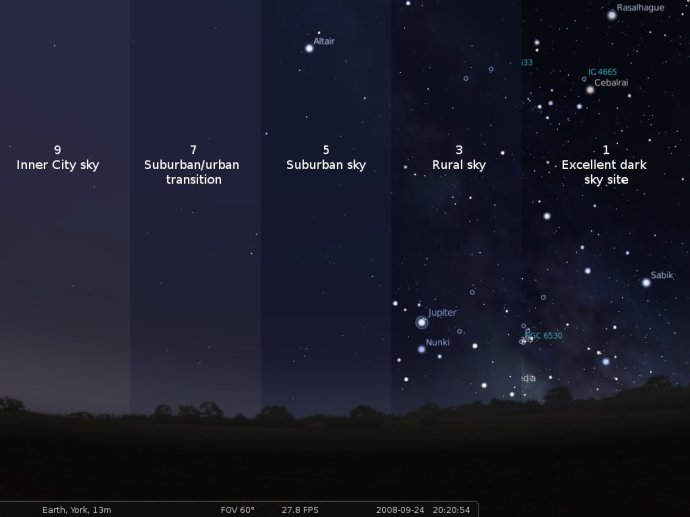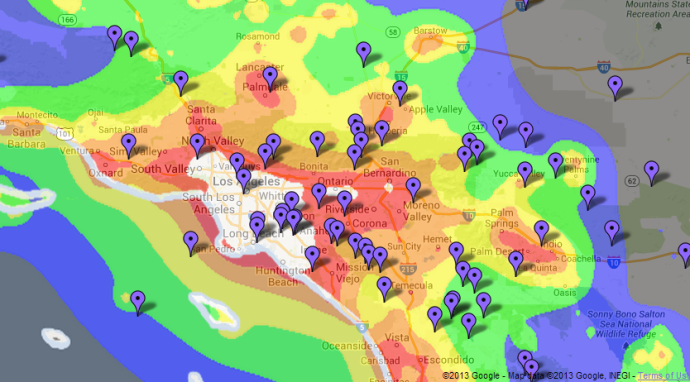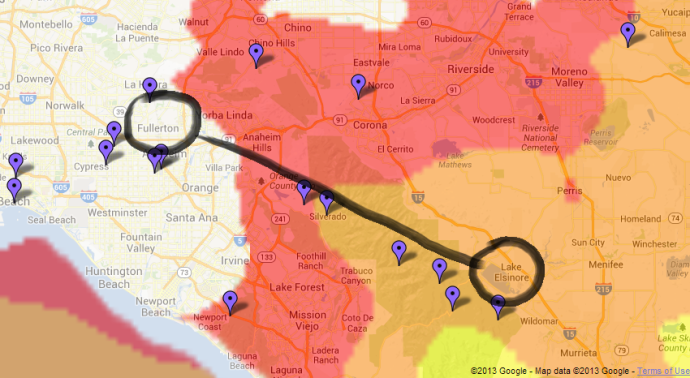Following last week, I am going to write about three constellations belong to the Summer Triangle. Those who live in the northern hemisphere, find the Triangle tonight! Details of the Summer Triangle were on the last week’s posting look!
Cygnus: a flying swan follows the Milky Way
Cygnus, the Swan, is a cross-shaped northern constellation that has a vertical axis known as the body of a swan. The Milky Way flows along the constellation.
Deneb, Alpha star of Cygnus (α Cygni) is a blue star, which brighter few thousand times than the Sun. Beta Cygni, the second brightest star of Cygnus, is Albireo and it is a double star. Even though Albireo looks like as a single star with the naked eye, two different stars are touching each other.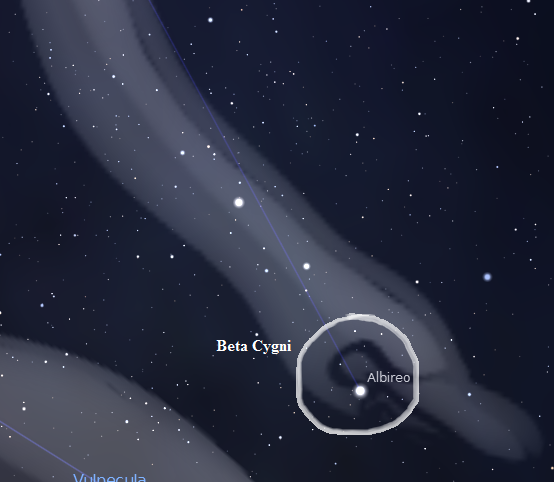
↑ ↑ Albireo ,the beta of Cygnus, looks like a star in this picture.
Zoomed Albireo contains two stars named beta 1 and beta 2. ↑ ↑
↑ This is the actual picture of Albireo. ↑
Chi (χ) Cygni is a variable star that has the biggest changes of brightness from all the variable stars in the sky. χ Cyg changes its brightness from highest magnitude 3 to the lowest magnitude 11, and its period is 406.9 days. χ Cygni is hard to find even with a telescope, but some days, it is easy to find with the naked eye.
Variable star: stars that change brightness depend on the time.
In Greek mythology, like Aquila, Cygnus is Zeus, the god of gods, in transforming look. Zeus tries to seduce a beautiful queen of Sparta Leda; however, he worries of his jealous wife Hera and he turns into a swan when he goes to see her from the Mount Olympus. Leda accepts the love of Zeus and gives birth to four kids, and two boys are Castor and Pollux boys and girls are Clytemnestra and Helen. Castor and Pollux grow up as a great hero who protected Rome and Helen the Troy cause the Trojan War because of her beauty.
Meteor shower Kappa Cygnids and October Cygnids associated with the constellation Cygnus. Since both meteor showers are minor, up to three meteors are visible on peak, and Kappa Cygnids is on the peak on July 30.
Lyra: Lyre that lost its owner
Vega is Alpha of the constellation Lyra (α Lyr), and the fourth brightest star of the sky. The second brightest star of the constellation Lyra, β Lyr is a variable star that has a cycle of 13 days. Magnitude change is from 4.3 to 3.3, and bluish binary star is visible with a small telescope.
Binary stars: The two stars orbiting around a common center.
Delta (δ) Lyr is a double star by the blue-white star and the red colored star. This double star is visible as two different stars with the naked eye. Epsilon (ε) known as the Double Double because it is a double star of a double star.
Delta (δ) Lyr: two stars are also visible from the picture on top of the Lyra paragraph.
In Greek mythology, the musical genius Orpheus is the owner of the lyre. After the death of Orpheus’s wife, Orpheus fell in deep sorrow and died while playing a sad music. Even though Lyre lost its owner, it kept playing beautiful music, and Zeus brought the Lyre up to the sky, so that everyone can remember his music forever.
Lyrid is a minor the meteor shower of the constellation Lyra, and up to 20 meteors are visible per hour.
Binary stars and variable stars were confusing to me. I will discuss more about these topics later 🙂 ! Next week’s posting will be the Winter Triangle or the upcoming major meteor shower. The BIGGEST meteor shower of the year is almost here!!! I am so excited ❤ Thank you for reading.
★☆ Have a starry night★☆
